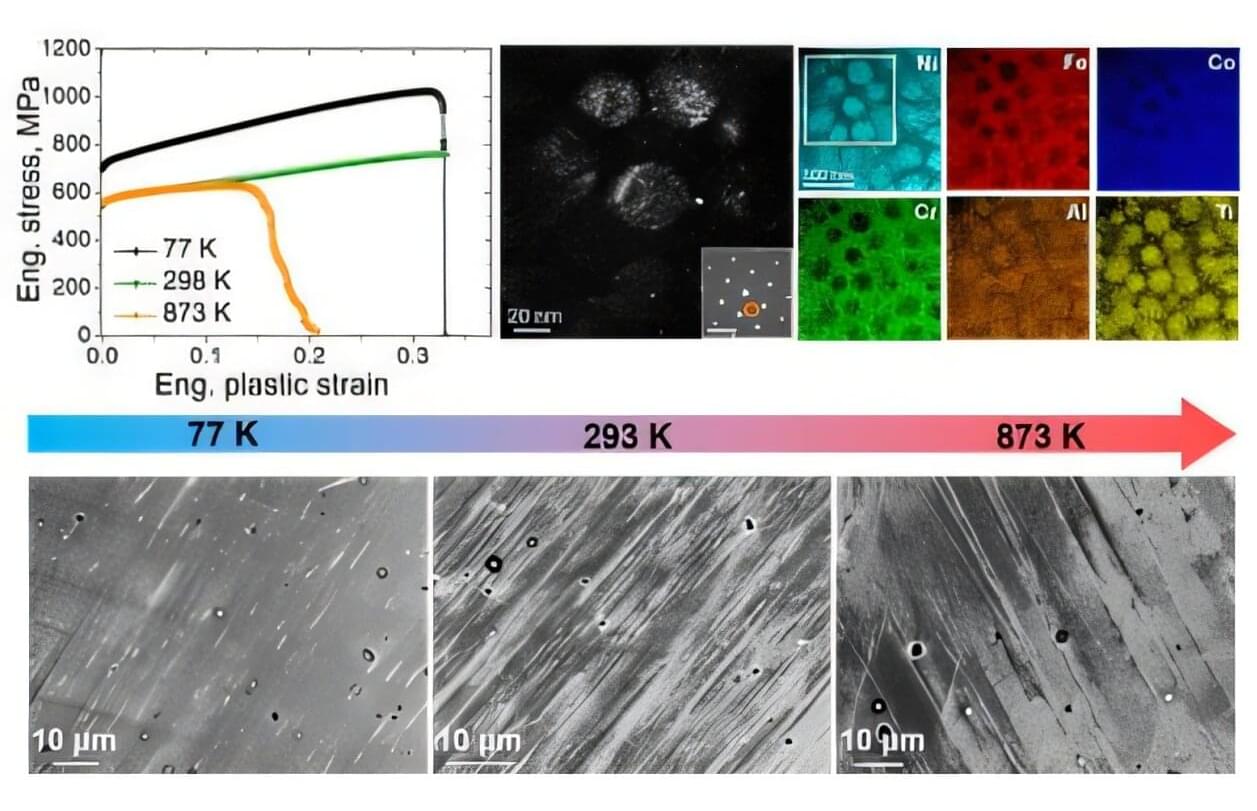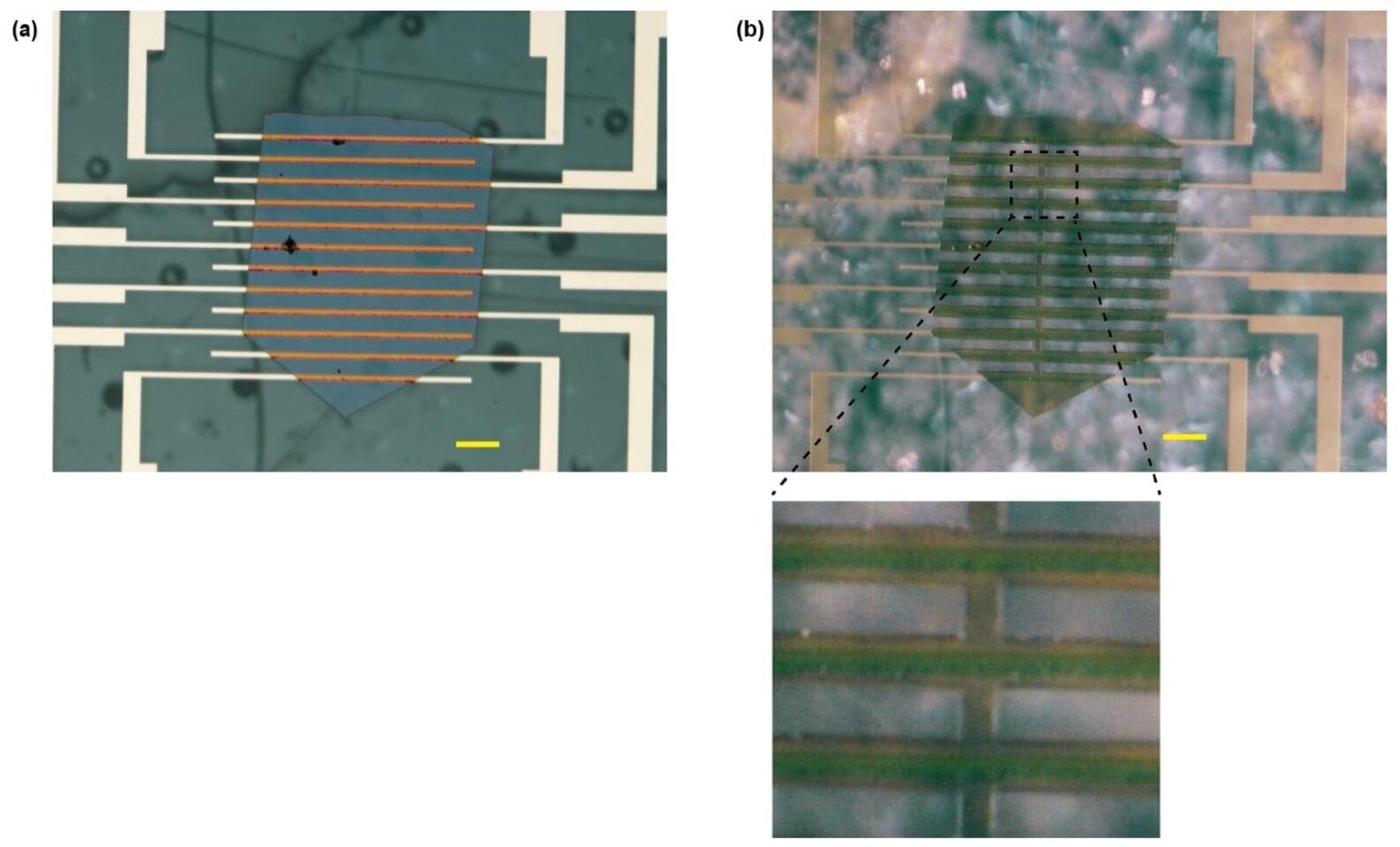A research team at POSTECH (Pohang University of Science and Technology) has developed a new alloy that maintains its strength and ductility across extreme temperatures ranging from −196 °C to 600 °C. The findings, which have drawn attention from the aerospace and automotive industries, were published in the journal Materials Research Letters. The team was led by Professor Hyoung Seop Kim from the Department of Materials Science and Engineering, Graduate Institute of Ferrous Technology, and Department of Mechanical Engineering.
Most metals used in everyday life are sensitive to temperature changes—metal doorknobs feel icy in winter and hot in summer. Consequently, conventional metal materials are typically optimized for performance within a narrow temperature range, limiting their effectiveness in environments with dramatic temperature fluctuations.
To overcome this challenge, the POSTECH research team introduced the concept of the “Hyperadaptor” and developed a nickel-based high-entropy alloy (HEA) that embodies this idea.







